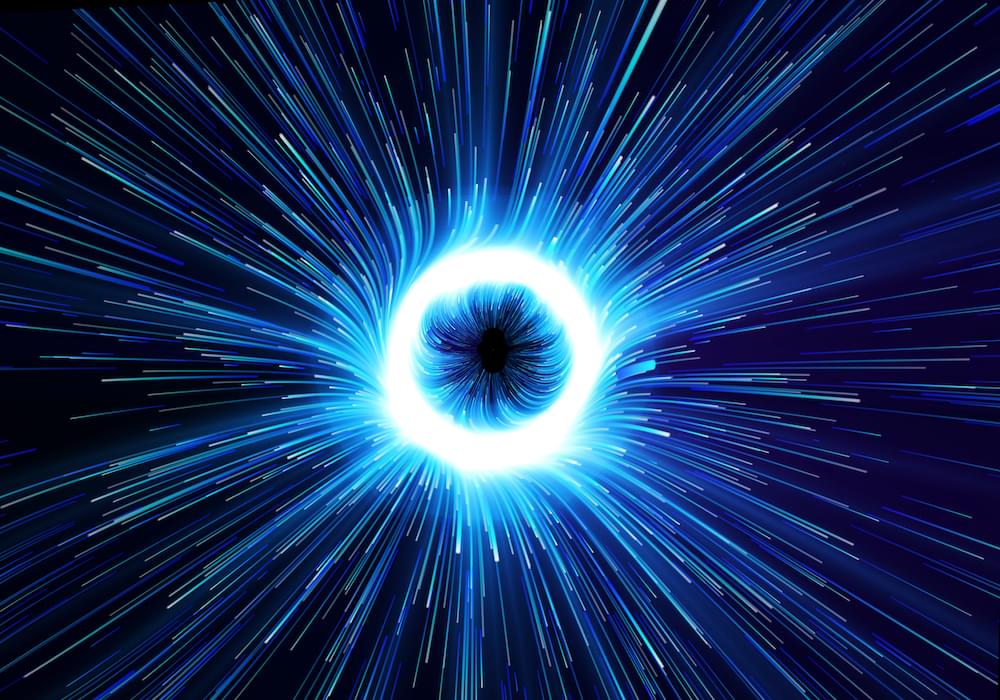Year 2022 face_with_colon_three
Since the discovery of black holes, they have inspired images of the universe’s extremities in both scientists and storytellers. Their immense gravity — sucking in any matter and light unfortunate enough to come within grabbing distance — conjures images of crushing death and infinite possibility.
That same gravity, however, creates a well which consumes indiscriminately and from whence nothing can ever emerge. The only trouble is that isn’t the case. Among Stephen Hawking’s many accomplishments was the discovery that black holes actually radiate very slowly and will eventually evaporate. This discovery, while enough to make Hawking famous, threw a wrench in contemporary astrophysics by creating a paradox.
If a black hole compresses into a singular point at its center and is surrounded by a gravitational event horizon, then the radiation emerging from the horizon is necessarily separate from the matter in the middle. In short, that radiation contains none of the information related to the matter which fell inside. If that’s true, then causality essentially breaks down around a black hole and physicists didn’t like that one bit.
